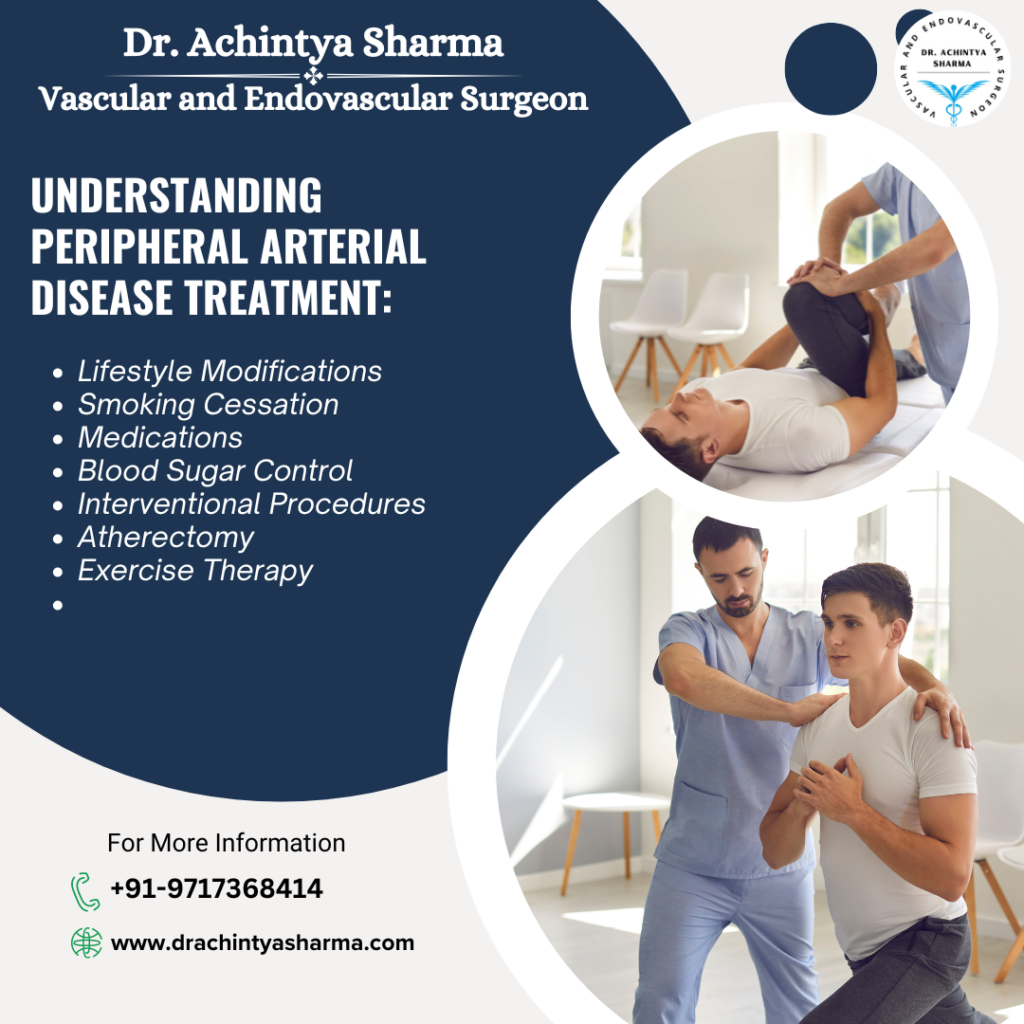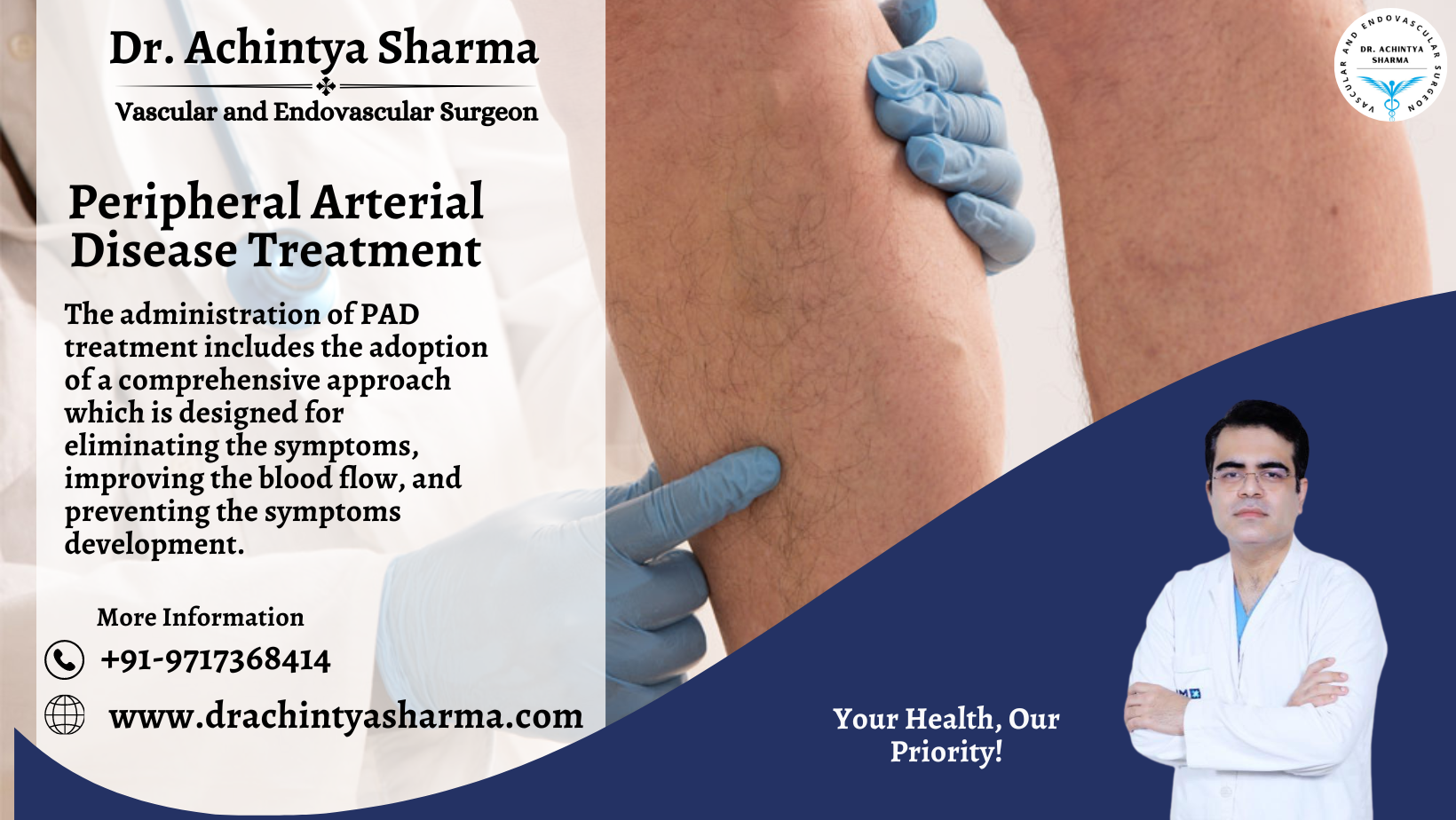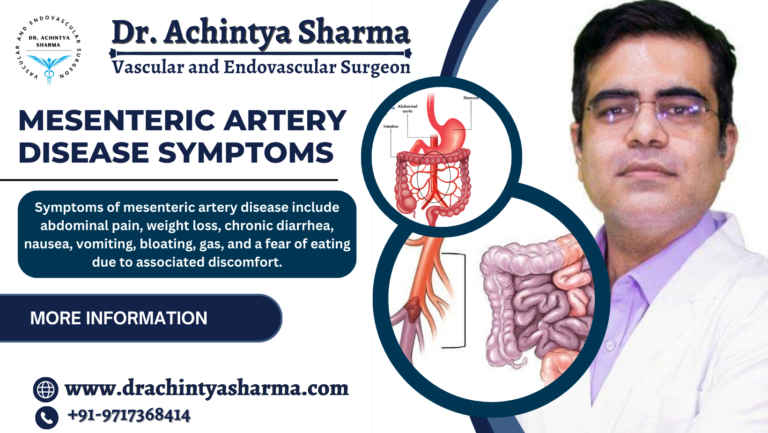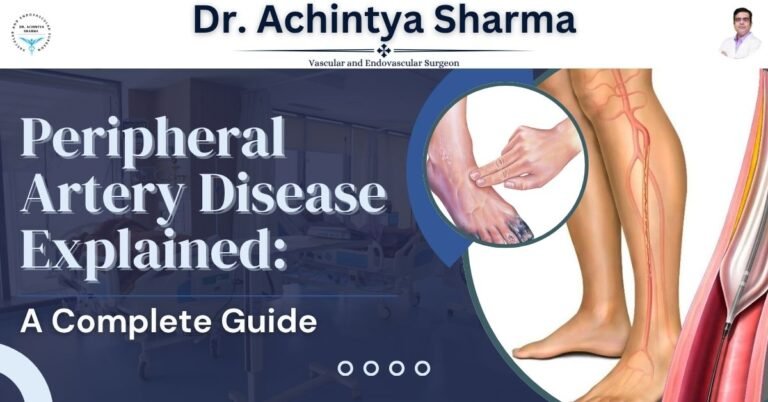PAD is a significant condition that affects over 200 million people worldwide, plaguing the lower extremities as arteries become clogged and narrowed. It is essential to Peripheral Arterial Disease Treatment appropriately so that the symptoms will be relieved or at the least prevented. Within the spectrum there are diverse methods; ranging from lifestyle changes to those that are of medical and surgical interventions. It’s lifestyle changes, such as exercise practice and smoking cessation that critically contribute to prevention and control of PAD. Medications include antiplatelet, antithrombogenic, and cholesterol-lowering agents that can help relieve symptoms and prevent disease progression. This informative write-up will take a deep dive into an overview of different PAD treatment options available and will share about their success rate as well as some considerations when it comes to each.
Understanding Peripheral Arterial Disease Treatment:

The administration of Peripheral Arterial Disease treatment adopts a comprehensive approach designed to eliminate the symptoms, improve the blood flow, and prevent the development of symptoms. Let’s delve into each aspect in detail:
Lifestyle Modifications:
Regular Exercise: Apart from participating in a moderate physical activity like walking or cycling that improves circulation and helps relieve PAD symptoms, it reduces the risk of other complications and lowers blood pressure which further improves the condition. Example: Implementing a regular 30 mins walk schedule, beginning with minimum distance and intelligence , and progressively adding more distance and intensity.
Smoking Cessation:
Smoking cessation becomes an essential gesture for PAD patients, because besides its vasoconstrictive action it increases their pre-existing symptoms. Example: Smoking cesser classes attendance or use of nicotine-refraining therapy is the thing that can make a person quitted smoking effectively.
Medications:
Cholesterol-lowering Drugs: Statins lower the cholesterol levels, therefore, improve the blood flow by slowing down the progression of PAD and improve the blockage formation risk. Example: Starting statin includes them into a daily lifestyle for the sake of having control over cholesterol levels effectively.
Blood Sugar Control:
Keeping blood sugar levels at a close range without exceeding is a crucial part of diabetes management in order to avoid complications and to enhance the circulation. Example: Regular glucose level control , plus properly followed nutrition and drugs routines.
Interventional Procedures:
Angioplasty and Stenting: Angioplasty goes as a balloon inflation to widen clogging arteries that largely proceeded by the placing of a stent against artery closing. Example: The procedure of angioplasty aimed to assist or improve arterial patency and regress the typical symptoms including leg pain.
Atherectomy:
Atherectomy refers to surgically removing plaques from the artery and recreating blood flow which will minimize plaque accumulation there. Example: I should be there, acting instead of just being, to facilitate better circulation through the arteries with therapy.
Bypass Surgery:
If Peripheral Arterial Disease cures advance, we may need to perform a bypass operation to restore blood flow to the damaged area by bypassing the blocked arteries. Example: During a bypass surgery, the medical team redirects blood flow past the blocked arteries in the lower body.
Exercise Therapy:
Supervised Exercise Programs: Designing and incorporating monitored exercise programs according to personalized requirements is effective in improving circulation and alleviating PAD symptoms. Example: In the framework of reflection, please mention signing up for a structured exercise class at a cardiac rehabilitation facility.
Conclusion:
Peripheral Arterial Disease Treatment is multiferved and encourages lifestyle changes, medication, and procedures. The optimization of the therapy process becomes the core of our work, and our focus is on approaches that help each patient. The manner of lifestyle, such as exercise and smoking cessation, is the foundation for the management of PAD. The logic is that medications supplement the lifestyle available by regulating the symptoms and delays the disease course. In milder cases, angioplasty or bypass may be necessary to improve blood flow in blocked areas. Through the incorporation of these remedies, patients will be able to adequately deal with their illness, relieved of symptoms, and at low risk of side effects. As long as there are research initiatives and innovations, the perspective for PAD patients keeps growing more optimistic and the couple hopes that the disease becomes more manageable, thereby improving the quality life.




